Denver Botanic Gardens
Introduction
Text-to-speech Audio
Images
Denver Botanic Gardens (image from Denver Botanic Gardens)
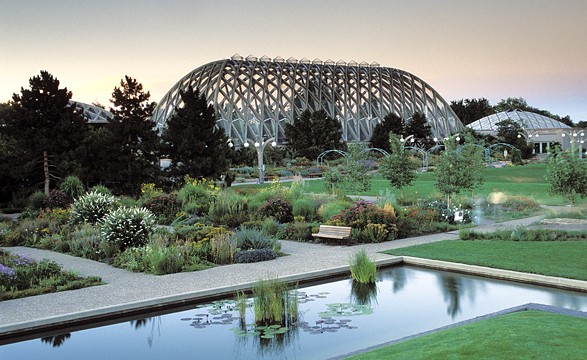
A view of the greenhouses (image from Denver.org)
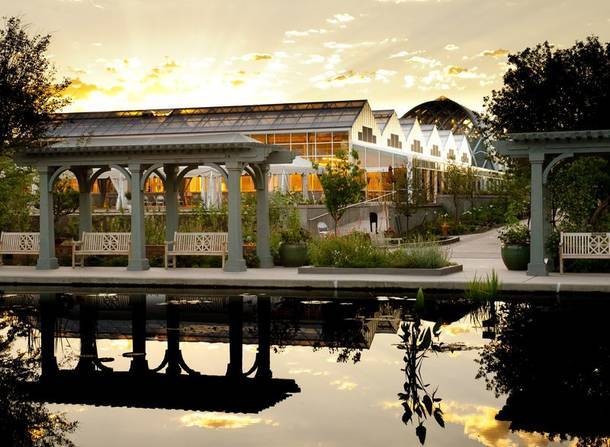
Garden grounds (image from Wikimedia)
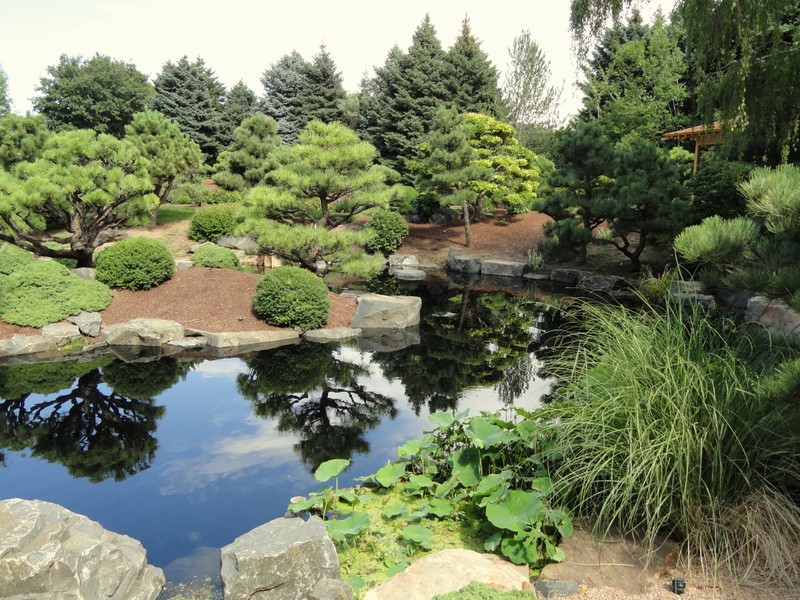
Brick-lined sunken garden (image from Wikimedia)
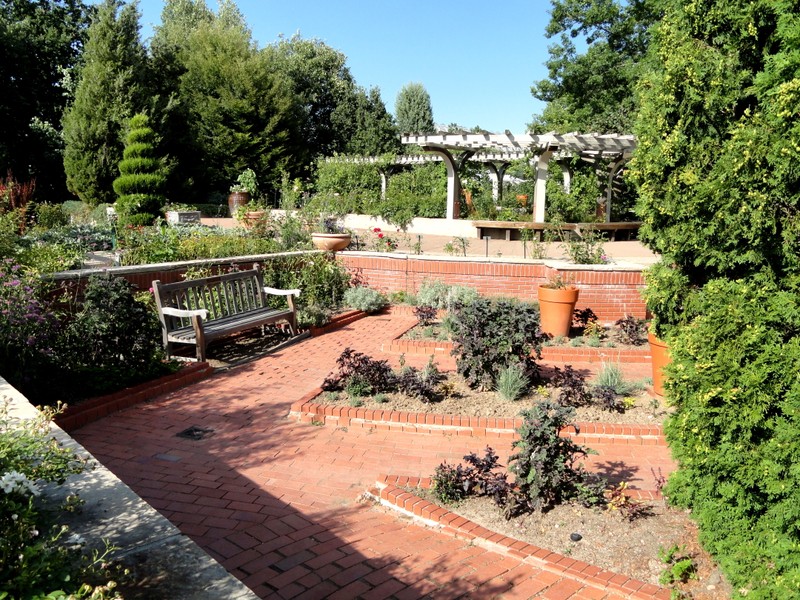
Inside the conservatory (image from Expedia)
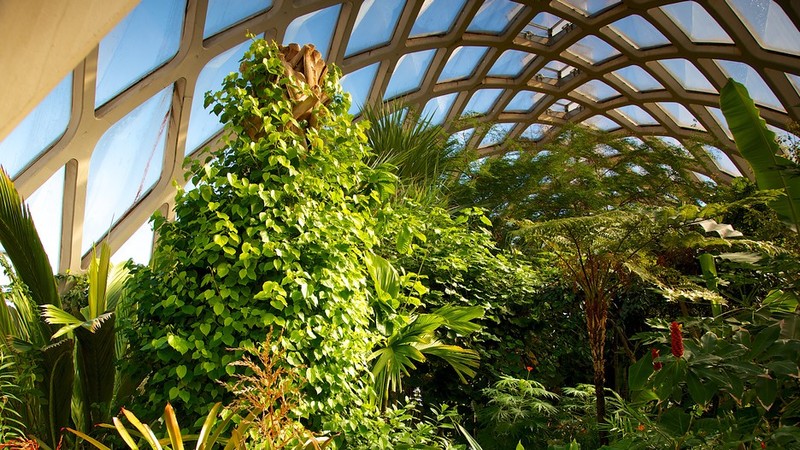
Drought-tolerant "Smart Garden" (image from Denver Water Blog)

Glass sculptures by Dale Chihuly (image from North Country Reflections)
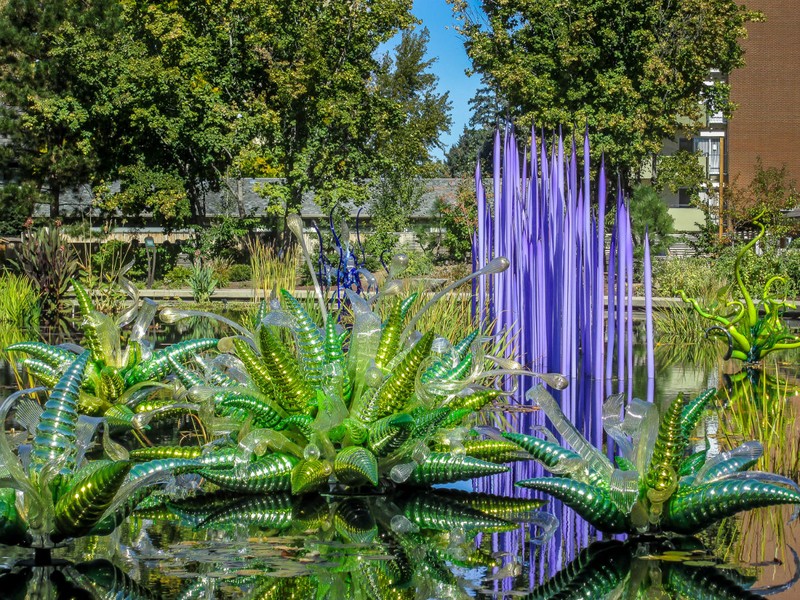
Backstory and Context
Text-to-speech Audio
Denver Botanic Gardens' (DBG) York Street location is a 24-acre facility boasting approximately 50 distinctive gardens, including the 3-acre Mordecai Children's Garden. The grounds feature art as well as plants, including glass sculptures by Dale Chihuly, which are incorporated within the landscape design. Themed tours such as Stories in Sculpture, Seasonal Discovery, Garden Guru, and Midsummer Nights are offered, as well as daily programming at the Children's Garden. Guests can learn about the DBG's horticultural and biodiversity research at the interactive Science Pyramid, learn about the Gardens' living collections and herbaria (natural history collections), or visit the Helen Fowler library, which holds 25,000 titles as well as an extensive collection of botanical prints.
DBG groups its gardens into five categories. There are 18 Gardens of the West, which feature plants which thrive in arid climates, such as Colorado's own. Many of these feature native plants. Among these are the Mordecai Children's Garden (featuring six Colorado ecosystems), conservation and water-smart themed gardens, and a Green Roof Garden. In the Internationally Inspired category are bonsai, a tea garden, a tropical conservatory, a steppe region garden, and Japanese, Chinese, and South African gardens, among others. The Ornamental Gardens include sculpture, Victorian, herb, sensory, cutting gardens, a greenhouse complex, and more. Four Shady Gardens include a Woodland Mosaic, Oak Grove, Shady Lane, and Birds and Bees Walk, and the three Water Gardens are the Steppe Garden Waterway, Four Towers Pool (housing the Science Pyramid), and Monet Pool.
The Gardens are also an accredited museum and research center. It holds seven living collections (plants on the grounds, in the conservatories, or in seed collections): Alpine, Amenity, Aquatic, Native, Steppe, Tropical, and Cactus & Succulents; two herbaria collections of vascular plants and fungi, which focus on biodiversity and the regional species distribution; and the art, documents, and 25,000 books of the Helen Fowler Library, which focuses on topics including gardening, horticulture, botany, agriculture, landscaping, Colorado native plants, world flora, botanical art and illustration, medical botany, ethnobotany, plant pests and diseases, and plant lore, as well as a collection of children's books, fiction, and multimedia. The library also holds 1,200 works of art, and offers a Gardening Help Desk. The Gardens offer the public hands-on workshops, lectures and seminars, travel opportunities, and certificate courses, including its School of Botanical Art and Illustration, as well as children's programs such as Seedlings Classes, camps, Family Fun Nights, Homeschool and Scout programs, and host field trips and birthday parties. Research undertaken by DBG in horticulture and biodiversity include long-term monitoring, genetic studies, seed collections, botanical surveys, species discovery, and ecological restoration. DBG also researches phenology (the study of botanical phenomena, such as flowers blooming and leaf color changes), which is important for agricultural timing and conservation research. The research and conservation department particularly focuses on steppe regions of the world, semi-arid, cold-winter areas such as the shortgrass prairies and sagebrush valleys of Colorado, as well as parts of Eurasia, South Africa, and South America. This research is showcased at the Science Pyramid through interactive touchscreens, light, video, and sound.
The Plains Garden features Robert Garrison’s Covered Wagon Frieze installed on a brick wall. It was originally sculpted for Midlands Savings Bank in Denver in the 1920s. Garrison’s frieze emphasizes male settlers’ work settling and civilizing the frontier. It follows a Mississippi farmer as he journeys West with his family. They survive an Indian attack on their way to the Colorado gold fields where they “establish industry and commerce.” In contrast to standard depictions of pioneer women walking westward, Garrison included a few scenes of women cooking and homemaking. More surprisingly, he depicted women shooting at marauding Indians.
Another major aspect of Denver Botanical Gardens is community outreach, including food programs and initiatives, a veterans' farm program and therapeutic horticulture for special needs and senior citizens, exhibitions of local art, and Mount Goliath wildflower hikes. In 2012, DBG established the Center for Global Initiatives, which focuses on agricultural development, botany, conservation, and horticulture around the world. The Center's projects include the International Travel Program, Coffee Research, and research in Madagascar, Mongolia, Argentina, Mexico, Haiti, and India.
Sources
1. Robert Garrison, “The ”Covered Wagon’ Frieze, Midland Savings Building" in “Robert Garrison Papers, 1926-1939” (Washington, D.C., n.d.), Archives of American Art, Smithsonian Institution.
Denver Botanic Gardens. Official website. Accessed June 21, 2016. http://www.botanicgardens.org/.
